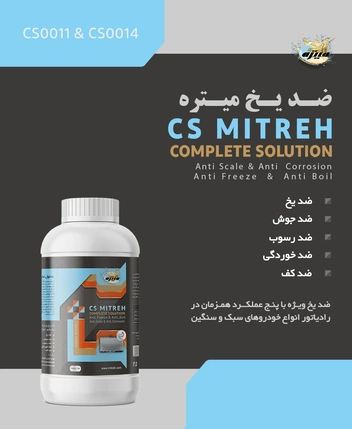Abrizan articles

Anti-corrosion conversion coatings
Another way to protect metal from corrosion is to use corrosion-resistant coatings. Coatings refer to thin layers of materials that are applied to the surface of a metal to achieve goals such as improving surface strength, improving corrosion resistance, aesthetic appearance, and thermal insulation.

Anti-corrosion metal coatings
Another way to protect metal from corrosion is to use corrosion-resistant coatings. Coatings refer to thin layers of materials that are applied to the surface of a metal to achieve goals such as improving surface strength, improving corrosion resistance, aesthetic appearance, and thermal insulation.
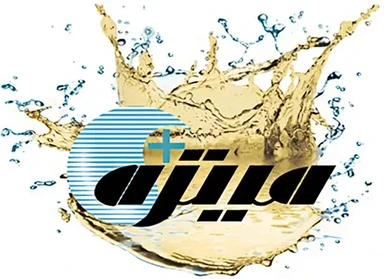
Material selection in different corrosive environments
The increasing expansion of various industries, including factories, power plants, refineries, automotive industries, cable manufacturing, etc., has made it more necessary to understand the types of materials and their performance against corrosive environments. The importance of choosing the right materials in different corrosive environments is such that it has become the most important and common tool for controlling corrosion.
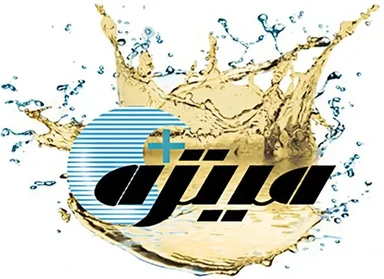
Glass membranes
A silicate glass used for glass membranes consists of an infinite three-dimensional structure of four negatively charged SiO4 groups, in which each silicon is bonded to four oxygens and each oxygen to two silicons. Within the network of this structure there are enough cations to neutralize the negative charge of the silicate group. Singly charged cations such as sodium and lithium move in the network and are responsible for electrical conduction within the membrane.
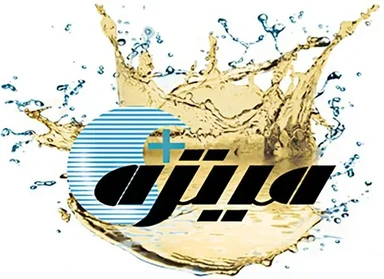
pH measurement and its methods
The pH of water determines the concentration of hydrogen ions and its acidity or alkalinity. Pure water dissociates to a very small extent into H and OH ions. The pH of drinking water should usually be around 7 (neutral). If the pH is less than 7, the water is acidic, and if the pH is above 7, the water is alkaline.
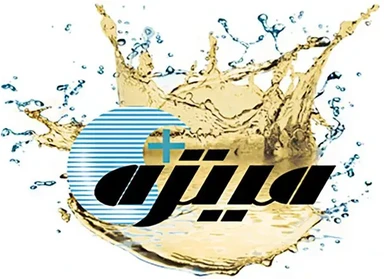
Danger rhombus
The National Fire Protection Association (NFPA) has developed a standard called NFPA 704 that is used to identify hazards from materials (especially chemicals). Among occupational health and safety experts, this standard has become known as the Hazard Diamond. It seems that the Rescue Diamond might have been a more appropriate name for the Hazard Diamond!
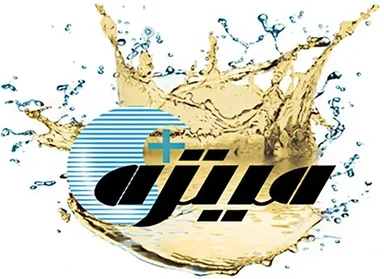
Water used in steel factories and its types
Water is used in most parts of a steel plant. A steel plant cannot operate without water. Therefore, steel plants are typically built near abundant sources of fresh water to ensure the availability and quality of the water they require. However, today, special attention has been paid to the management of water resources available in the steel plant environment, especially in terms of its quality, quantity and how it is used.
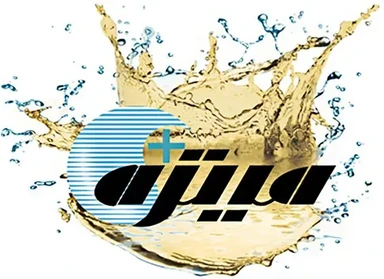
Main disinfection technologies
Disinfection is a key step in water treatment. In water treatment plants, this step is usually performed just before or after filtration. Pre-disinfection using chlorine dioxide and ozone can also be performed with careful consideration of the potential for chlorite, chlorate, and bromate formation.
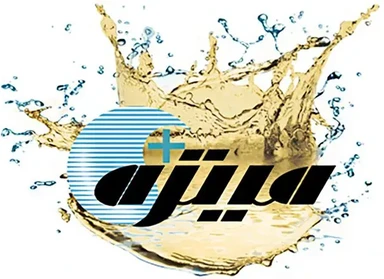
Anti-corrosion agents
Corrosion inhibitors are usually oxidizing chemicals (minerals) that, when added to a corrosive environment, enhance the corrosion potential and thus cause the metal to corrode. Chromates, nitrates, molybdenum are among these.

Cathodic protection
In the cathodic protection method, by applying a direct electric current to the metal or by contacting it with a sacrificial anode, the corrosion rate is reduced. In this case, on the metal surface where both cathodic and anodic regions exist, the anodic regions become cathodes, and as a result, the desired system or equipment becomes completely cathodic.
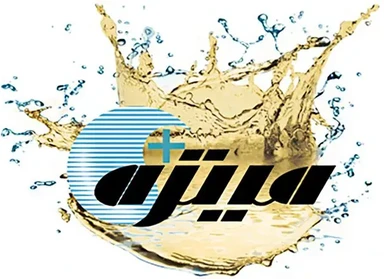
Cathodic protection method selection and system design
Corrosion engineers or technicians must determine which method to use for cathodic protection under different conditions. The project manager must be able to compare the various factors affecting the two cathodic protection methods and select the best one.

Anodic protection
In anodic protection, the applied electric current is usually equal to the amount of corrosion of the structure being protected. Therefore, it is not only a protection method but also a method of measuring the instantaneous corrosion rate.
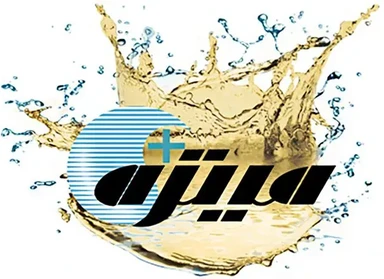
Microbial corrosion
Microbial corrosion is a term used as an abbreviation in Persian. The exact term for this corrosion is microbiologically influenced corrosion and is abbreviated as MIC. Therefore, microbial corrosion can be defined as a type of corrosion that is exacerbated by the presence and activity of specific microorganisms.
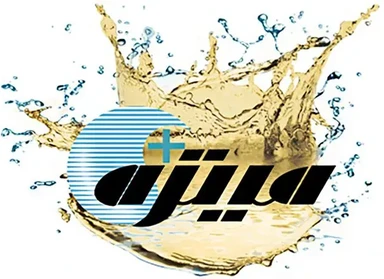
Miscellaneous forms of corrosion
This type of corrosion progresses laterally from the corrosion initiation sites on the surface and usually continues intergranularly along planes parallel to the surface. Corrosion products produced at the grain boundaries force the metal out of the underlying layer, ultimately resulting in delamination or flaking of the metal.
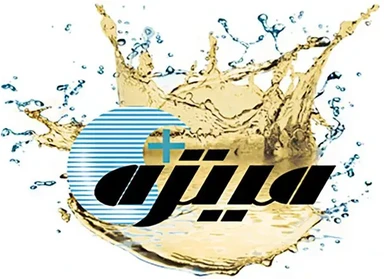
Bubbling corrosion
This type of corrosion is a localized type of corrosion in which mechanical factors also play a role. This type of corrosion is seen on metal surfaces in contact with the fluid. Blistering damage is caused by simultaneous corrosion delays and mechanical stresses.
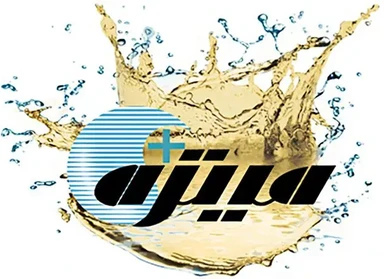
Hydrogen damage
In many technical and engineering applications, understanding the effects and mechanisms of hydrogen is of particular importance. Atomic hydrogen produced through cathodic reactions penetrates metals and causes them to crack and break. The presence of hydrogen in steel affects its mechanical properties and generally reduces ductility and increases the tendency to brittle fracture and crack formation in the metal. Hydrogen reduces the load-bearing capacity of the metal, although this phenomenon is common in carbon and low-alloy steels, many metals and alloys are sensitive to hydrogen. Hydrogen damage is a general term that refers to mechanical damage to a metal caused by the presence or reaction with hydrogen.

